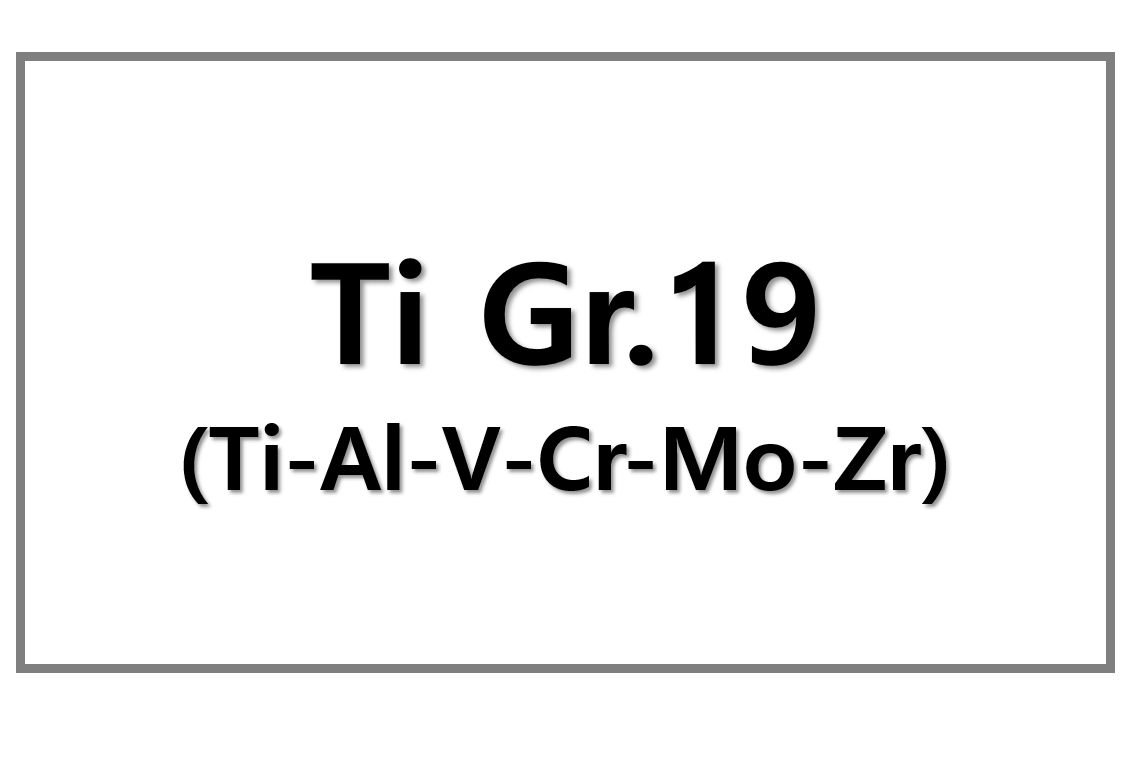
Lithuania plans to dramatically raise its defence spending to 5% of GDP in the coming years, President Gitanas Nausėda announced Thursday, positioning the Baltic country at the forefront of a growing regional push for stronger military preparedness. The statement comes amid broader debates in Brussels over how the European Union should fund its long-term defence needs.
Currently spending around 3.2% of GDP—well above NATO’s 2% target—Lithuania joins countries like Poland in ramping up investment in national security. “We are doing our part,” Nausėda said, “but Europe must also act collectively. Security is not a national issue—it is continental.”
Defence Budgets Climb Across Eastern Europe
Lithuania’s announcement follows a regional trend accelerated by Russia’s full-scale invasion of Ukraine. Poland, for example, has pledged to spend 5% of GDP on defence by 2025 and is already exceeding 4% this year.
Since 2022, NATO and EU countries have shifted from long-term planning to short-term urgency. Military budgets have grown fast, reflecting not just deterrence needs but a more competitive defence market within Europe. For Lithuania and its neighbors, history and proximity to Russia continue to inform policy—and urgency.
EU Confronts the Cost of Security
The spending momentum, however, raises a difficult question: who pays for Europe’s military future?
The European Commission estimates the bloc needs an additional €500 billion over the next decade to remain competitive in defence production. That figure includes money for next-generation technologies and deeper cooperation between national industries.
At a summit in The Hague next summer, NATO allies are expected to debate raising the alliance’s spending target to 4% of GDP—a move that would lock in the elevated budgets for years to come. Officials are also exploring cost-sharing tools such as joint procurement systems.
Funding Divide: Eurobonds vs. Private Capital
One of the more divisive issues is how to finance this surge in spending.
President Nausėda has backed the idea of eurobonds—a form of joint EU borrowing—to finance defence, warning that without security, “fiscal rules are meaningless.” But wealthier member states like Germany and the Netherlands remain wary. They argue that shared debt could risk long-term instability and prefer turning to private sector funding instead.
The divide reflects a broader EU tension: the political will to increase defence budgets exists, but consensus on how to fund it remains elusive.
What Comes Next
EU leaders are set to meet in February for an informal summit to review the bloc’s defence strategy and financing options. Meanwhile, the European Commission is drafting a proposal that will outline various models, from joint borrowing to defense-focused investment vehicles.
As pressure mounts and security concerns deepen, Lithuania’s move signals both a warning and a call for unity: the EU must decide whether it is ready to finance its own defence or continue relying heavily on NATO—and, by extension, the United States.











Leave a Reply
You must be logged in to post a comment.